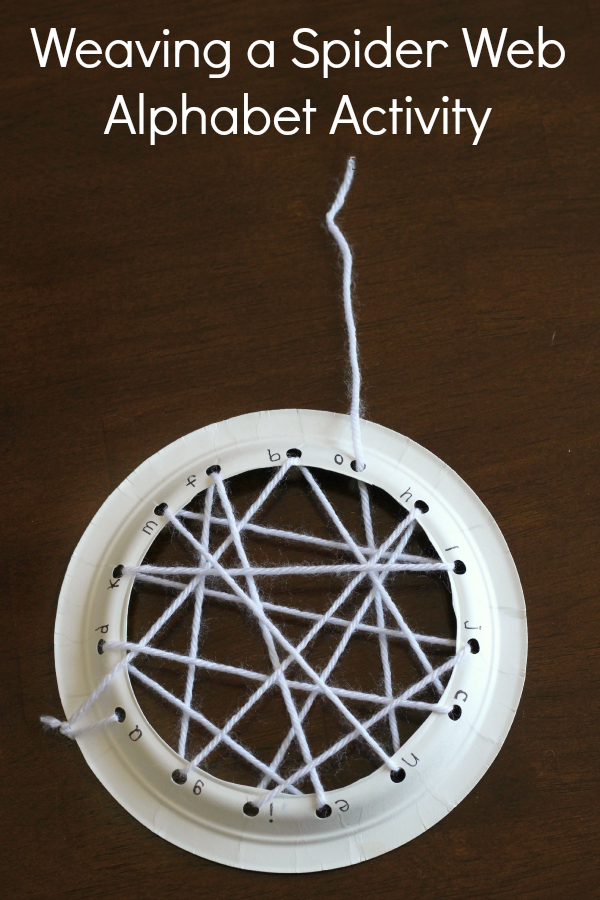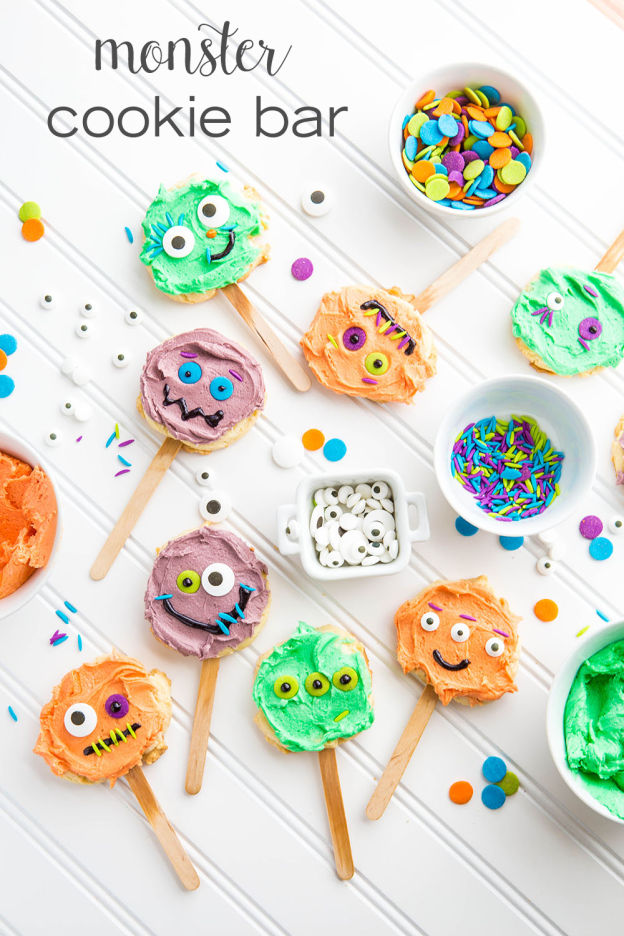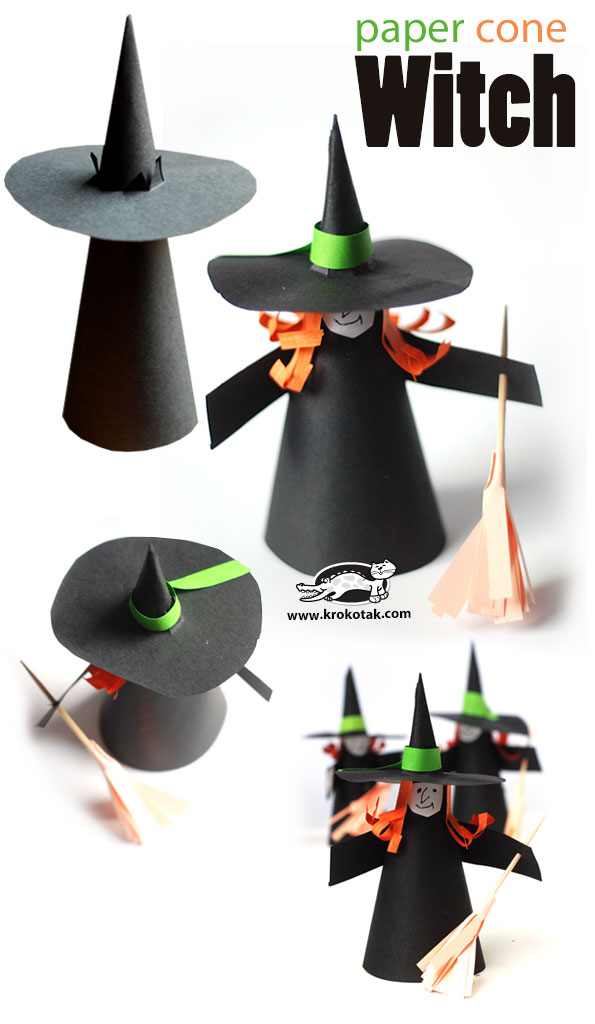Healthy Snacks for Kids

With Halloween behind you, it’s likely that you have some not-so-healthy snacks around your house. Encourage your kids to make healthy food choices with these healthy snack ideas.
Snacks can and should be part of every child’s diet. Children’s stomachs are small, so they need snacks between meals to supply them energy to keep them going. In the summer, a light midmorning snack can hold them over until lunch, and a healthy afternoon snack gives them the added oomph to make it to dinner time. Kids receive one-quarter of their calories from snacks. Since they are usually very active, especially in the summer, they need those extra calories to keep them going.
Often we associate snacks with junk food. However, snacks should be nutrient-laden foods that supply vitamins and minerals to help kids’ bodies grow and develop.
Kids love choices. If all the choices you give them are reasonably nutritious, then everyone is happy. Your kids get their choice of what to eat, and you are assured they are eating healthy, nutritious foods.
You probably have your own tricks to get your kids to eat healthy snacks, but here are a few more tried and true methods to help entice little ones.
Kids love anything they can dip!
Give them a baggie full of carrot and celery sticks, cherry tomatoes or sugar snap peas from the garden. Make low-fat ranch dressing and let them dip.
Slice fruit to dip in yogurt or applesauce.
Make it fun! Kids love to construct their own snacks.
Thread fruit chunks on toothpicks or make ants on a log (peanut butter on celery topped with raisins). Make mini sandwiches from crackers or cut up bread. Add cheese, lunchmeat and a small cookie cutter to make tiny, fun-shaped sandwiches. Or make a lion’s face made from a rice cake with peanut butter spread on it. Top with grated carrots for the mane, raisins for eyes and apple slices for a mouth. Kids can be creative, then they get to eat their artwork.
Freeze healthy treats.
Frozen grapes are cool like Popsicles and sweet like candy, but have plenty of vitamins and fiber. Try bananas rolled in chocolate syrup and nuts, peach and nectarine slices and berries of all kinds. Make your own milkshakes with fruit and milk or juice.
Make it bite sized!
Cut up watermelon or cantaloupe. Or use mini cheese chunks with crackers, grapes, baby carrots and cherry tomatoes for a handy, pop-in-the-mouth snack.
It’s a good idea to have a few things prepared ahead of time. When kids burst through the door, they will grab the first thing available. It’s easier to gobble down a few handfuls of chips than to take the time to peel and cut up fruit. So…designate a shelf in the refrigerator for snacks, and anything on that shelf is okay to eat. Keep the shelf stocked with several choices so you don’t have to worry about the kids eating junk food.
Try to include all the food groups to get well rounded vitamins and minerals.
Older kids seem to be in more of a hurry and don’t like to construct their snacks. Do you know a teenager who will take the time to slice and cut a watermelon? Make sure the watermelon is cut in bite-sized pieces. Make sure there are grab-and-go snacks on the shelf. Have the string cheese handy. A little preparation will produce healthy results.
This article was written by Ellen Serfustini-USU Extension FCS Agent.



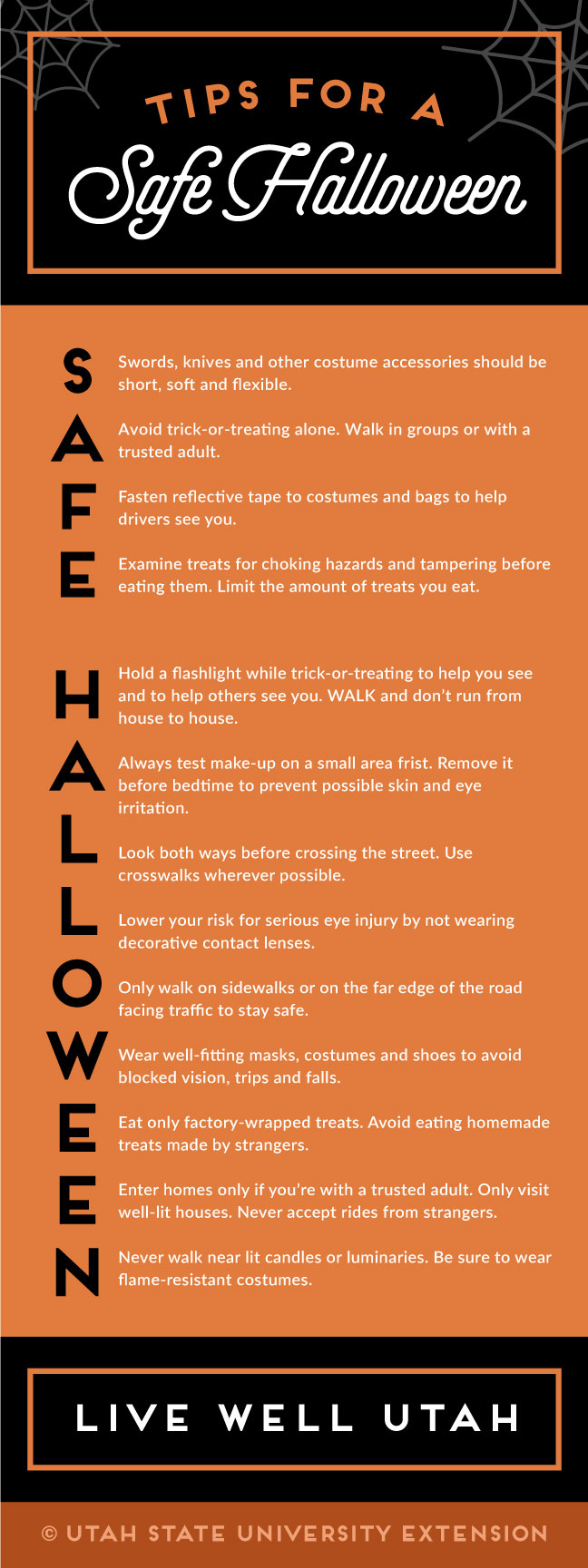
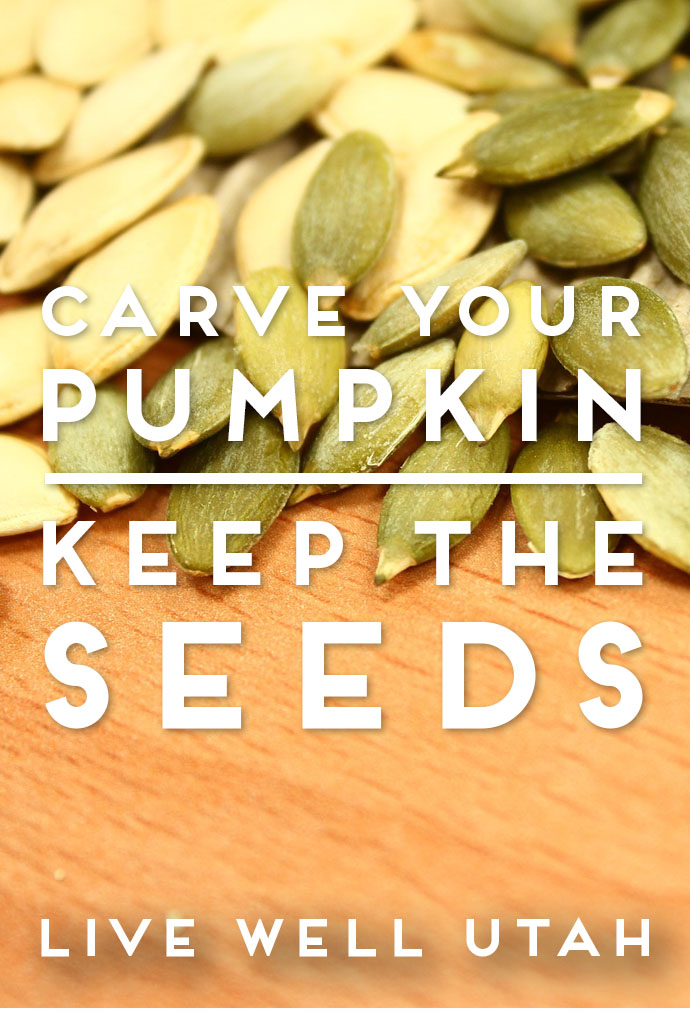
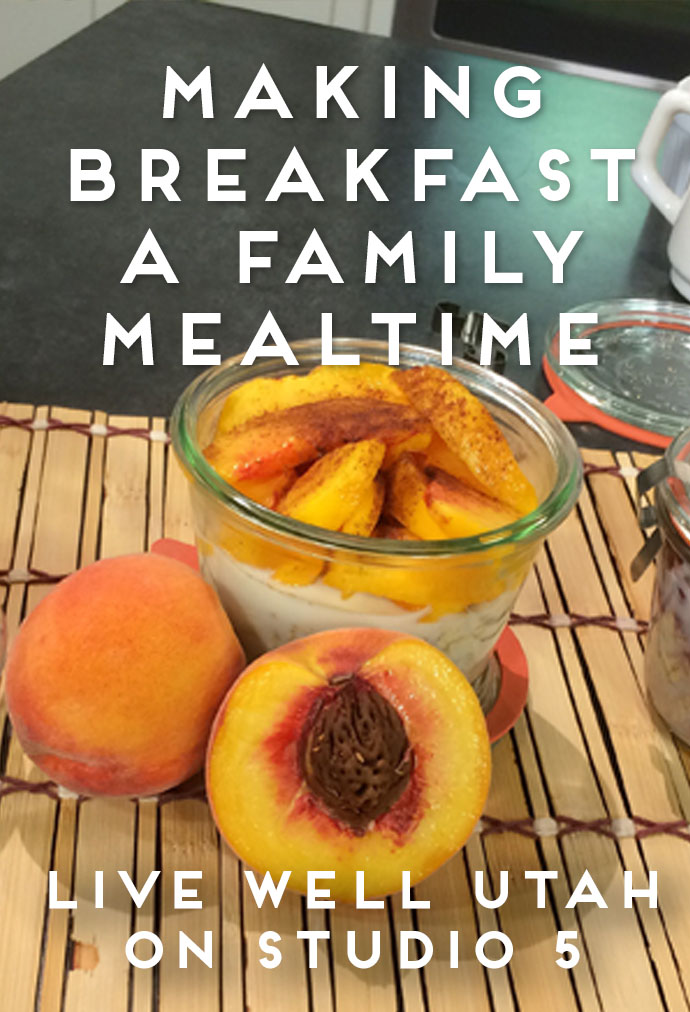


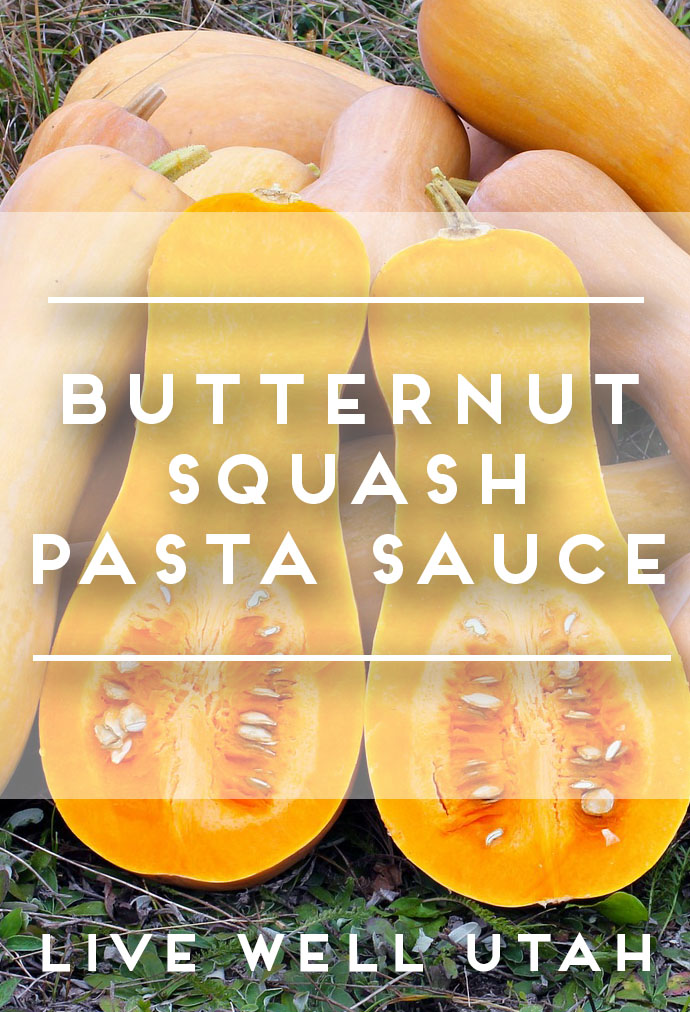
 October is here, and Halloween is coming. The temperature has dropped a bit, and you may have found your kids spending more time indoors and looking for things to do. We’ve searched for some of the best Halloween-themed activities to do with your kids, whether for everyday entertainment, a classroom party, or a gathering with friends. Check out our
October is here, and Halloween is coming. The temperature has dropped a bit, and you may have found your kids spending more time indoors and looking for things to do. We’ve searched for some of the best Halloween-themed activities to do with your kids, whether for everyday entertainment, a classroom party, or a gathering with friends. Check out our 

